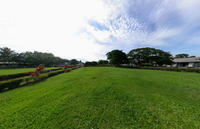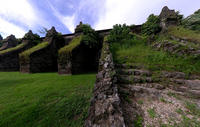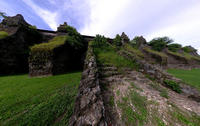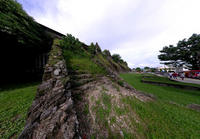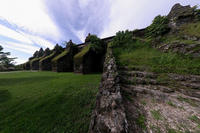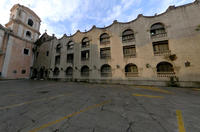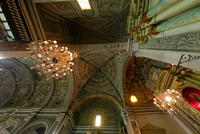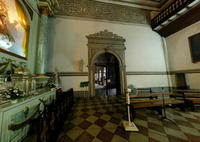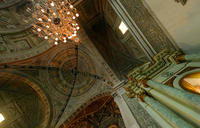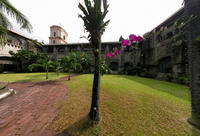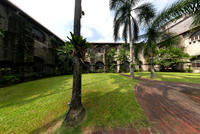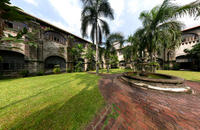You are in: Asia -> Philippines -> Baroque Churches of ... , and traditional search or Image Gallery will yield results of this site only
Baroque Churches of the Philippines
| Site number: | 677 |
|
| Type of site: | Cultural | |
| Date: | 16th century | |
| Date of Inscription: | 1993 | |
| Location: | Asia, Phillippines, District of Intramuros, Municipality of Santa Maria, Paoay, Miag-ao | |
Up to 75 images are shown here. Click on each for more details or on Image Gallery for more images.
| Description: | This site is located in Manila, Santa Maria, Paoay and Miag-ao; the first of these four churches was built by the Spanish in the late 16th century. Their distinctive architectural style is the Chinese and Philippine craftsmen’s reinterpretation of European Baroque. --WHMNet paraphrase from the description at WHC Site, where additional information is available. For 360 degree imaging of this site, click here. | |
| The Baroque Churches of the Philippines is the official designation to a collection of four Spanish-era churches in the Philippines, upon its inscription to the UNESCO World Heritage List in 1993. The collection is composed of the following: San Agustin Church in Manila, Nuestra Señora de la Asuncion in Santa Maria, Ilocos Sur, San Agustin Church in Paoay, Ilocos Norte, and Sto. Tomas de Villanueva Church in Miag-ao, Iloilo. These churches have been at the forefront of Philippine history, not just in furthering Christianity in the archipelago, but in serving as the political backbone of Spanish colonial rule, when Church and State was regarded as one. The unique architecture of the churches didn't just reflect the adaptation of Spanish/Latin American architecture to the local environment (including the fusion with Chinese motifs), but also of the Church's political influence. These churches had been subject to attacks by local revolts and rebellions, hence, most had the appearance of a fortress, rather than just serving as mere religious structures. This is especially noteworthy in the case of Santa Maria Church, located on top of a hill, serving as a citadel during times of crisis. Miag-ao Church also withstood the occasional attacks of Muslims from the south. Further, the location of the Philippines along the Pacific Ring of Fire called for the emphasis on the buttresses and foundations of these churches, with some being seriously damaged, but eventually rebuilt after an earthquake. The most imposing of these buttresses could be found in Paoay Church, while the true testament of this architecture could be seen in San Agustin Church, Manila, the only structure in Intramuros to survive World War II. Hence, the unique architectural style became known as Earthquake Baroque. --Wikipedia. Text is available under the Creative Commons Attribution-ShareAlike License. For 360 degree imaging of this site, click here. | ||
| Source: | http://whc.unesco.org/en/list/677 | |
| Source2: | http://whc.unesco.org/en/list/677/video | |
| Reference: | 1. UNESCO World Heritage Center, Site Page. | |






